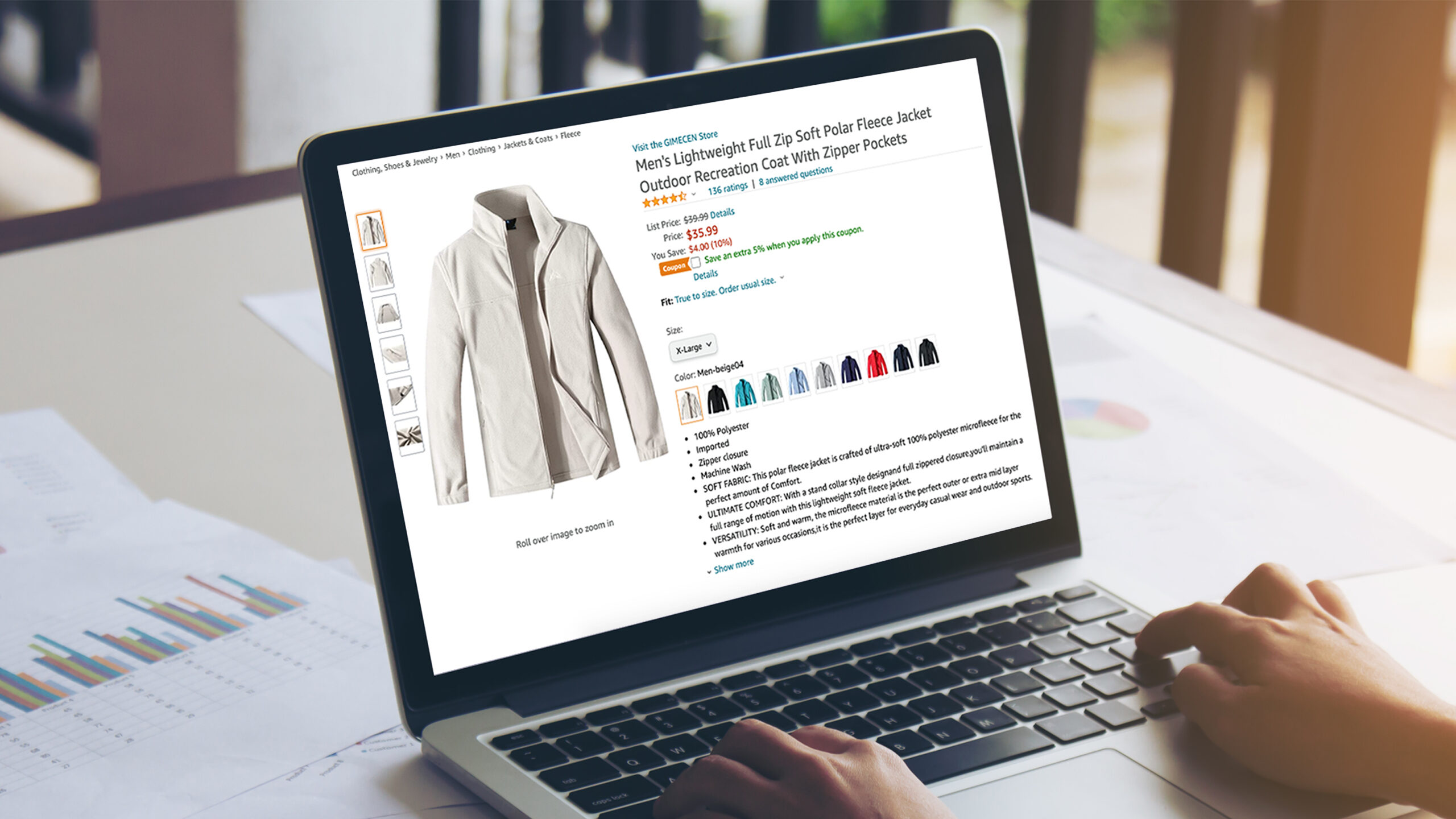Content is the reigning king for e-commerce & plays a big role in driving sales and conversions. And, consumer-centric content that drives traffic is vital for e-commerce sales. Unlike offline retail where the sales staff on the ground is always available to answer customer queries, online that is not the case. When shopping online, customers rely on audio & visual product content to give them the information they need in order to make purchase decisions. Understanding that your product speaks to your customers directly on online channels is critical – so optimizing your product content to represent your brand in the best light is very important.
Here are the Top 4 ways to optimize content & drive ROI.
1. Focus on your customer & set a brand tone
Who is your customer? And what type of product is your brand selling? The golden rule to getting the right content for your brand is to answer these two questions right. For instance, if you’re selling furniture and focusing on a family audience then using flowery language will not help your cause. You need to share factual, product-specific content, calling out furniture specs from color, fabric, size, and so on.
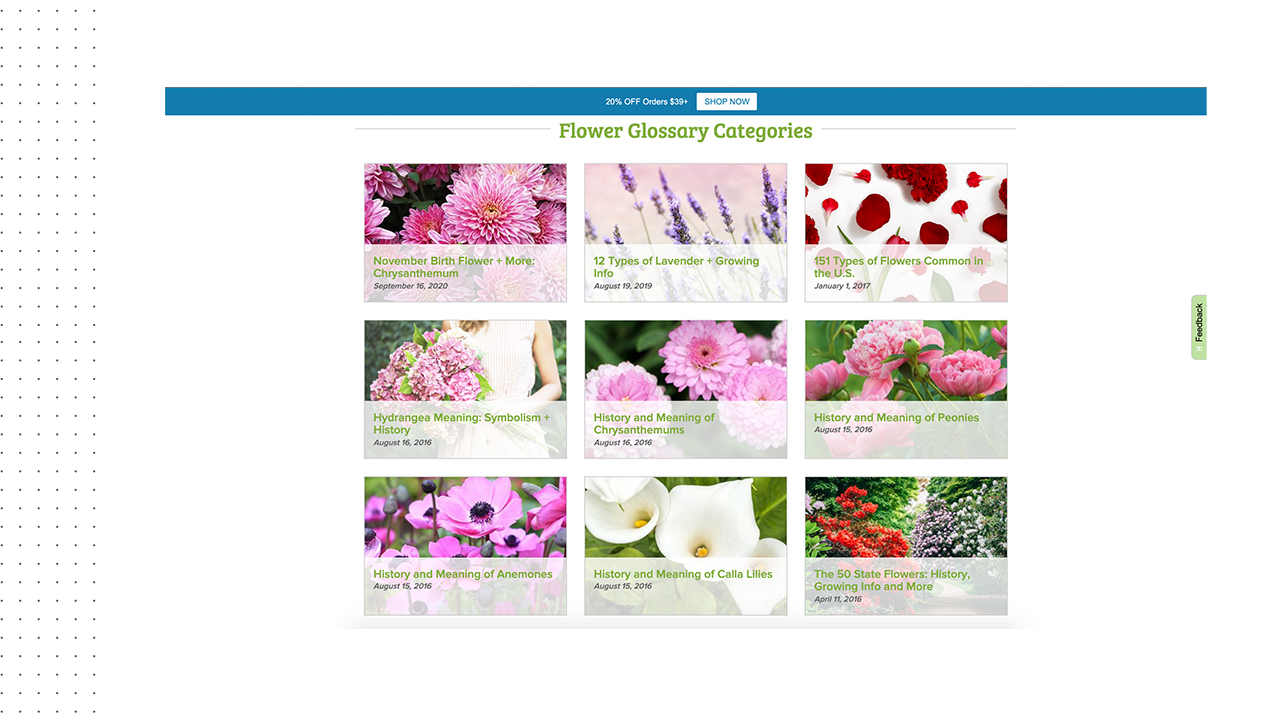
Take for instance ProFlowers – a US-based flower retailer who created an entire Florapedia® – an in-depth flower guide. This content helped their customers learn more about the various flowers & discover new flowers they never knew of when making purchase decisions. To drive e-commerce sales, ProFlowers set the brand tone using educational content.
On the other hand, if you are selling clothing or lingerie, you need to be extremely specific about the details of each product. Let’s look at reputed outdoor clothing brand Jack Wolfskin – they use high-quality images for content optimization and showcase real instances and moods in which the clothing can be worn or what they can be paired with. This is a good way to allow customers to picture themselves owning the item, as well as research their unique qualities.
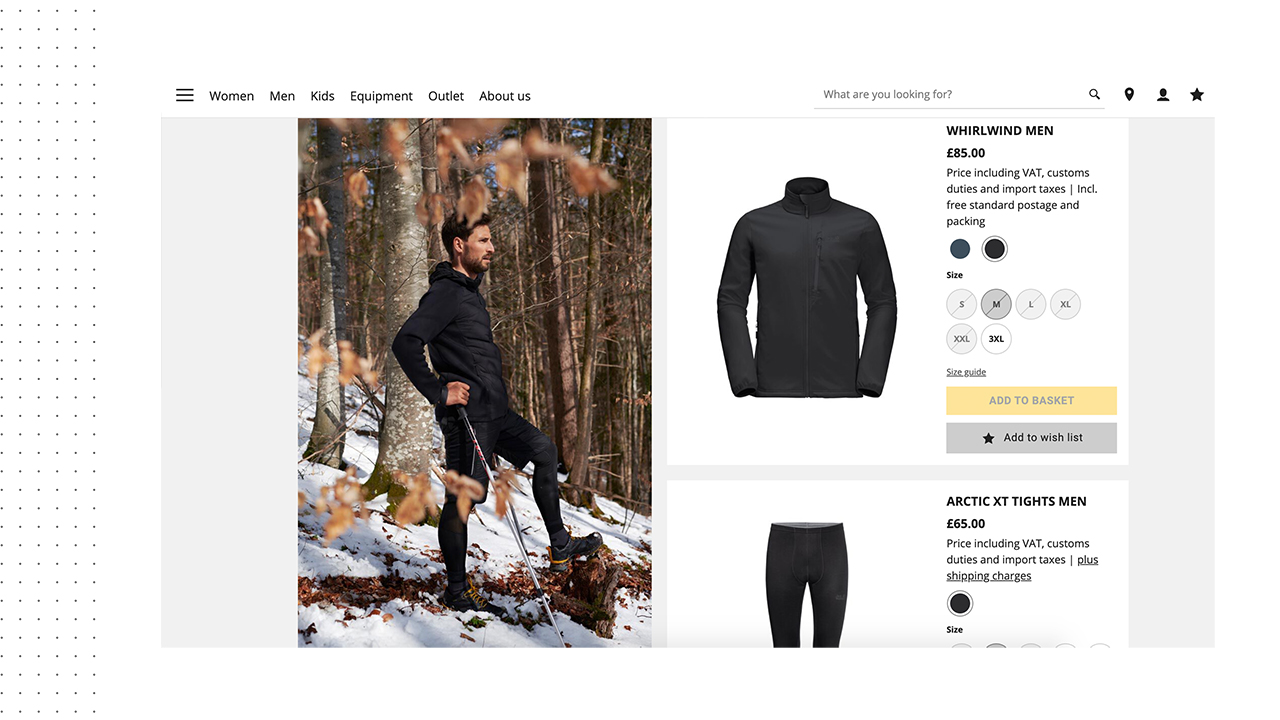
2. Use videos as a powerful content optimization tool
Videos empower content and hook your customers in. In a report, Cisco had earlier projected that by the year 2022, videos will be responsible for 82% of all consumer internet traffic. For e-commerce, video content can not only deliver a message but is easily shareable across all platforms. Videos not only possess the power to captivate people for extended amounts of time, but according to research, if a video is embedded on your website, you’re 53 times more likely to rank on the first page of Google.
Videos work as a descriptive medium to give more details about your product. Further, explanatory videos relieve consumer fears regarding the quality of the product by allowing viewers to visually experience its usages and benefits. MAC for instance uses a host of make-up tutorials and other video content on their website.
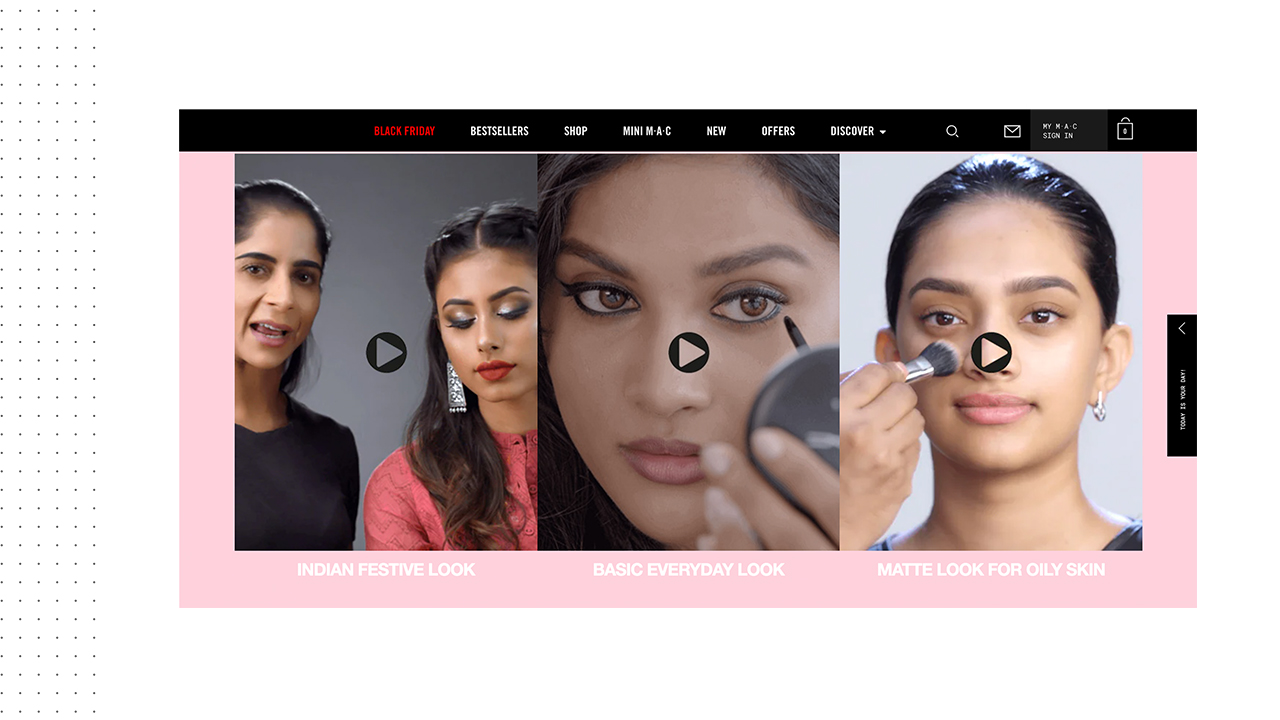
Videos bring brand storytelling to life and keep visitors informed. In the case of the videos created by MAC, they are not only informative and engaging, but they also help the brand answer common shopper questions with live examples. Customers who land upon the MAC website can watch videos relevant to the products they want to shop for, understand the product details and then decide if the product is for them. Thus, brands using videos can create a better customer experience by giving the visitors an immersive brand exposure online, just like they could have got offline.
3. Focus on making your product page consumer-centric
A product page can be highly discoverable if it aligns with the best practices & standard e-commerce algorithms put in place by popular marketplaces and e-commerce channels. This is because the organic product ranking algorithms vary across channels and are composed of direct and indirect factors used to match a consumer’s popular search queries to products they are most likely to purchase. For better content optimization that ensures visibility, start by mapping platform-specific content standards. Then follow the SEO trends and tweak your product titles and description, to give your brand content a boost.
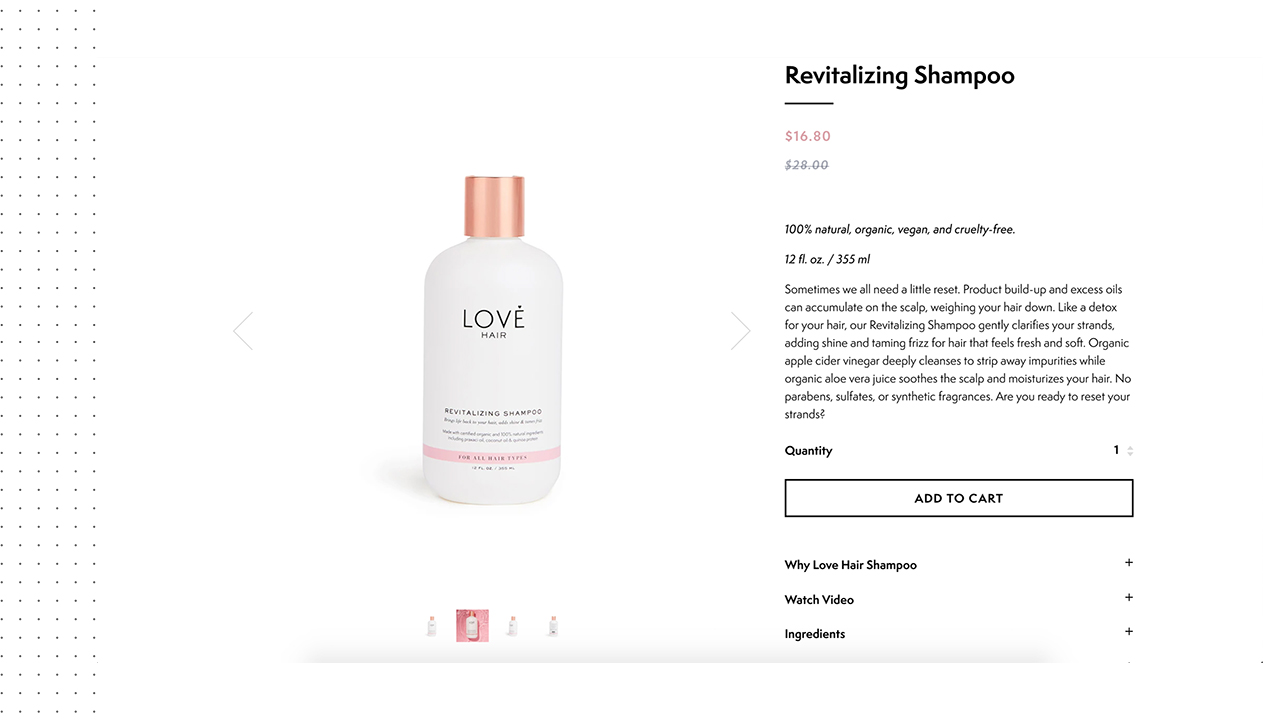
Take for instance the LOVE Hair product pages – the product titles are crafted using product features and benefits like revitalizing, nourishing, volumizing. Consumers searching for shampoos normally type in these attributes to look for shampoos that may suit their requirements – so using attributes as a hook in the product title is a great idea to make the product more discoverable against that keyword or attribute.
Next, keeping these standards as a backbone, fine-tune the product details you are putting out on the page. Your product features are the reasons why your consumer will buy your brand as compared to your competitors, so your descriptions should be crisp, easy to read, highlighting all the product features & facts that help them make that purchase decision. Let’s look at the Fitbit product page…
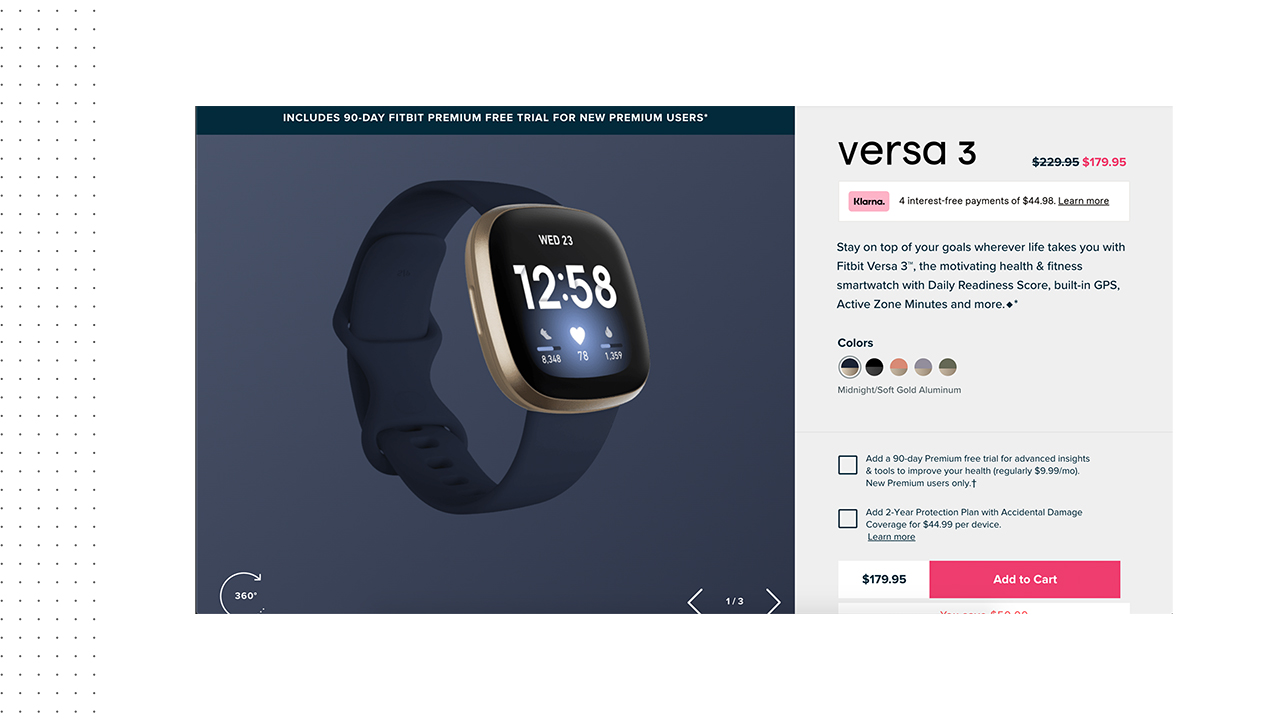
4. Optimize content based on devices
With mobile commerce reaching the tipping point in the e-commerce sales funnel, you cannot ignore attending to content optimization for hand-held devices. Many times, buyers on the go use mobile devices to conduct their research and your success lies in being able to entice them with a perfectly optimized e-commerce page even on their mobile device. Here are a few tips to keep in mind:
- Keep their reading experience in mind. Use shorter titles, and bite-sized product information so key points are upfront and visible on a tinier screen
- Be concise with your content presentation
- Video content should not autoplay on mobile. The less invasive your content, the better
- Keep video & image file sizes small so that page load time is quick
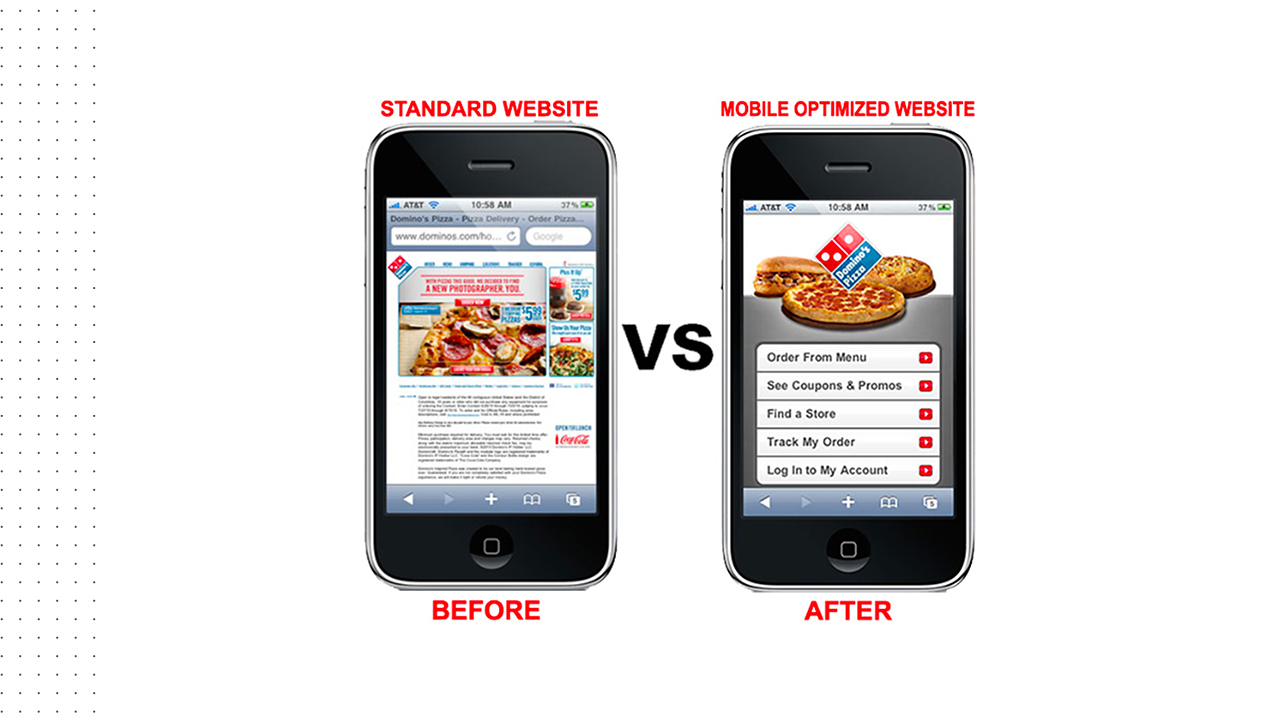
A perfectly balanced e-commerce product page is even more vital in the new normal, given that COVID has accelerated e-commerce, globally. So, whether you are selling furniture, books, clothes, or health juices, with the right focus on product content, you can convert shoppers into customers more easily and increase your sales & revenue. Feel free to take inspiration from some of the examples above to apply some of these strategies to your online store.
And if you need to get your brand discovered with content optimization, here’s how DataWeave can help!
Building the right product page with the right content is not enough. You will also need to keep rehashing your product pages with reviews, offers, and other such relevant nodes to deliver the right punch. After all, delivering the right customer experience starts with a product page done right.
Want to see first-hand how DataWeave can help brands with content optimization? Sign up for a demo with our Digital Shelf experts to know more.
